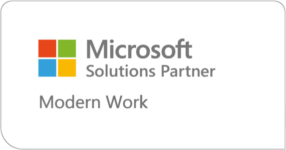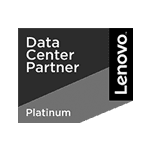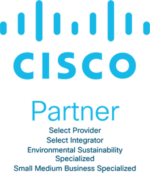The digitization strategy for the ministry
With keywords such as collaboration and coordination, the ministry presented a new strategy for digitization in the public sector in 2019. Which will benefit you and me, but also industry and the voluntary sector. The goal of the strategy is to create a seamless solution for services that work well across all public enterprises.
In the first instance, the ministry has divided the strategy, and will prioritize seven different phases of life that will be part of the seamless experience. The seven phases include "having children", "seriously ill children", "losing and finding a job", "new in Norway", "death and inheritance", "starting and running a voluntary organization" and "starting and running a business" . They address various phases where public services are particularly important and which as of today can be perceived as cumbersome due to the lack of interaction across public services.
The question is: What digitization moves are they making?
We are digitizing. Weekday.
As a total provider of IT services, we are experts in digitization and all that it entails. Because it contains much more than just new IT equipment. What we see is that many people are entering a digitization process with uncertainty about why they should do so. This may be done because it is a trend, or because the management or IT department believes it is necessary. An important step is therefore to both map out why you do it, and involve everyone in the organization why you must carry out such a process.
Maybe, you yourself are a little insecure? Here are some (of many) reasons why you and your organization should digitize:
- You do not know how your digital security is.
- You know that your colleagues are struggling to use the tools you have today in the best possible way.
- You got challenges with equipment, interaction, etc. during the pandemic that you had not anticipated.
- You miss a more efficient and seamless communication within your organization.
- You worry about random, digital attacks after several actors have appeared in the media.
Then the question probably arises quite quickly: Where do I start?
The first thing we recommend is to think a little like public enterprises do now - not everything should be done at once, nor should everything be incorporated into the organization tomorrow. Give yourself a deadline for a completed digitization process and consider whether it can be realistic in consultation with experts. Here we can assist from the start. For public enterprises, 2025 is the year in which they will have completed their digitization process. What day, month or year are you going?
What exactly are you going to do?
Public enterprises have a very long list of actions they are now taking, and the "phases of life" mentioned above set the terms for the process, but you can still follow the same list. If we take a look at their list, we see that at the top of the to do list for municipalities and counties now, it says the following:
- “A common ecosystem for national digital interaction. Municipalities, county municipalities and state enterprises must be able to interact to develop user-oriented, coherent and efficient digital services. Work has been initiated to establish a common ecosystem for national digital collaboration and service development ”.
What does that mean? Yes, all good interaction includes tools like skyen, Desktop in the cloud, 365 Workplace where users are well trained and can use the tools in a seamless and efficient way. You can too. And the moves you are making at this point will have a lot to say for the next: namely digital security.
- “Information security. Good information security is a prerequisite for successful digitization. This is also a fundamental prerequisite for maintaining confidence in the public sector's IT systems and public digital services ”.
Information security covers both the software you use, the physical equipment and how it works together, the users who will use the tools and preventive measures in the fight against digital attacks. A big, and very important cake in other words. We have our own security experts who can advise you in such a process.
- “Privacy. Digitization of services often involves the processing of personal data. It can be new information, or processing existing information in new ways. All processing of personal data shall take place in accordance with the rules in the Personal Data Act and the Privacy Ordinance ”.
Many companies use CRM systems that do not keep up when new rules for privacy, GDPR and the like are rolled out. Now many have taken action and we have assisted several with custom systems with the help of our service developers and system architects.
- We will also include one more point. The most important move we implement is not new equipment, software or two-factor authorization. It is user adoption. In order to be able to carry out a good and efficient digitization process, all users must also be closely involved in the process. User adoption is about letting everyone who is going to use new tools adopt them and include them in their work processes. Therefore, good training and follow-up is essential to include in the mix to carry out a high-quality digitization process.
We build systems of people, for people. Read more about our service developers.
As you can see, there is a lot to think about in such a process - therefore we will give another piece of advice. Involve experts in the process. A digitization process is not the place to save money! It is not enough to have only the most modern technology. One must also have the knowledge to use it. We give you both, so that you and your company are better equipped to meet tomorrow's challenges.
Do you want to read more about digitalisation in the public sector? Read more here: Digitization in the public sector, Government









